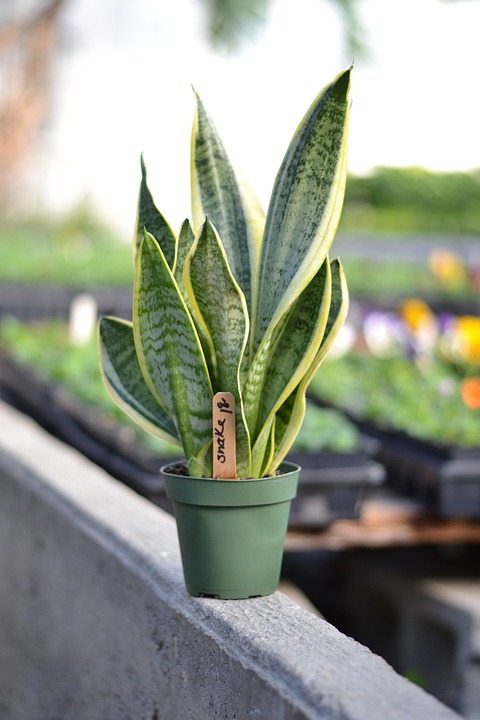Find the 7 Best Tricks to Use Dried Banana Peels As A Fertilizer and boost the growth of your plants with these organic gardening tips.
Banana peels have a number of uses in the garden that help your plants flourish. Learn the Best Tricks to Use Dried Banana Peels As A Fertilizer for vibrant and thriving plants.
Check 18 Best Banana Varieties
7 Best Tricks To Use Dried Banana Peels as a Fertilizer
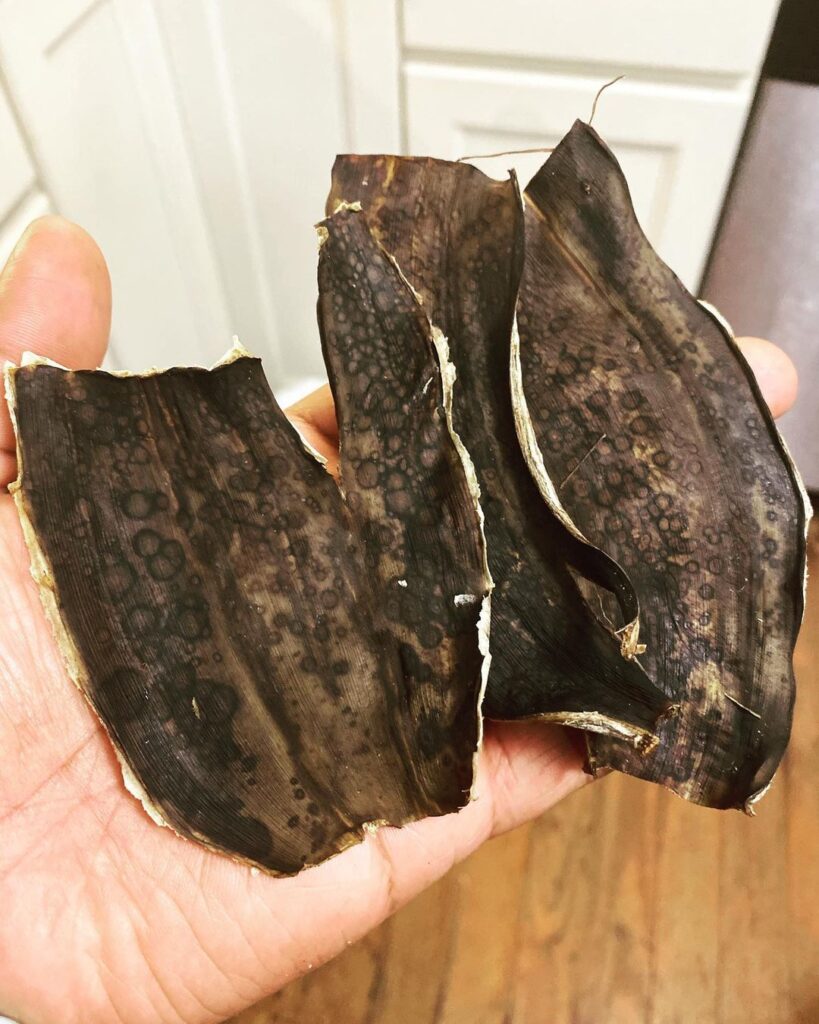
Did you know that banana peels are rich in nutrients, particularly potassium? They contain a remarkable 42% potassium, which is significantly higher than the mere 0.5% found in manure. In addition, banana peels also contain around 3% phosphorus, along with other essential plant nutrients, such as calcium, iron, and magnesium, in abundant quantities. These characteristics make banana peels highly valuable for gardening purposes!
1. Organic Fertilizer from Banana Peels
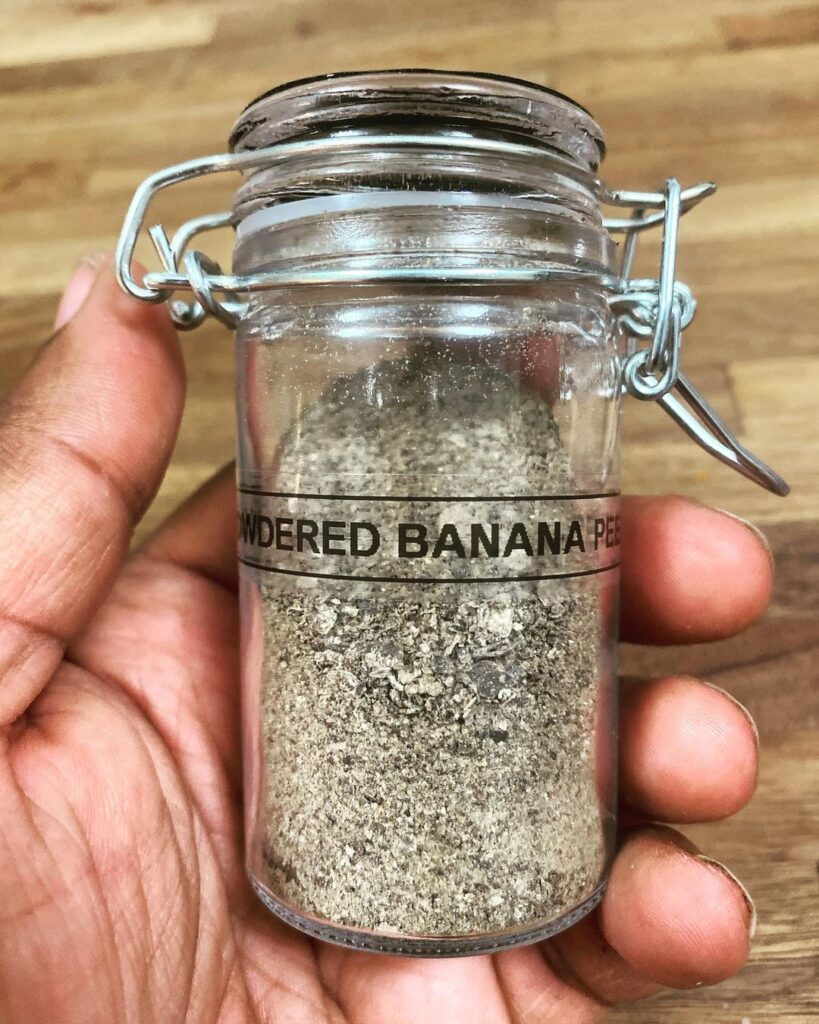
This fertilizer recipe is perfect for nurturing your vegetable garden plants and fostering vibrant growth. By incorporating banana peels, which are abundant in potassium, the fertilizer will effectively support robust root systems, encourage blossoming, and facilitate the development of healthy fruits.
- To dry the banana peels, keep them in a plastic zip bag in the freezer for 2 days.
- Afterward, transfer the strips to an oven and dry them at the highest temperature setting.
- Once thoroughly dried, proceed to place the strips in a food processor or blender and grind them into a fine powder.
- To use this powder as a fertilizer, combine 2-4 teaspoons with a liter of water.
- Apply this mixture to both the foliage and growing medium at intervals of 3-5 weeks. Read more here.
2. Drying the Peels For Fertilizer
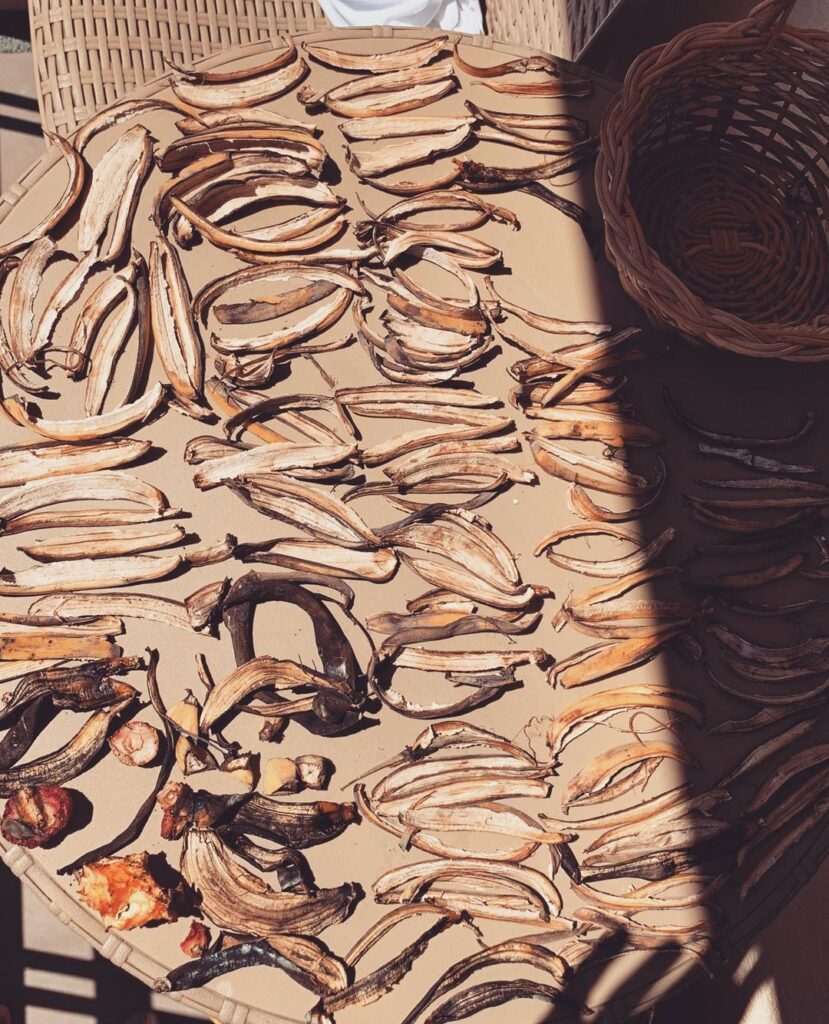
- Select a spot that receives a minimum of 5-6 hours of direct sunlight per day as the location for drying the peels.
- Opt for a fiberglass screen instead of a metal one.
- It is important to note that this method is time-consuming, typically requiring approximately 3-5 days for the peels to dry thoroughly.
Nevertheless, trying this drying technique will maximize the benefits for the plants, enhancing their growth and overall development. Find details here.
3. Sun Dry Banana Skins & Bury in Soil
There are two methods for drying chopped banana peels: using an oven or allowing them to dry in the sun under a strainer until they resemble banana chips. Once dried, scatter the bits at the center of the plants and water them.
Alternatively, you can bury the dried peels in the soil of potted plants or utilize them as mulch.
Given the high potassium concentration in the peels, they play a vital role in promoting fuller and more vibrant blooms in flowering plants. Additionally, the potassium content supports plant cell development and provides protection against diseases.
4. Liquid Fertlizer From Dried Banana Peels
Prepare an organic fertilizer by combining two tablespoons of dried banana peels with a tablespoon each of eggshells and Epsom salt.
Blend these ingredients thoroughly and transfer the resulting mixture into a bottle. Incorporate 2 liters of water and mix well to ensure proper dilution. Apply this fertilizer directly to the growing medium or your garden soil. The application of this fertilizer will stimulate lush growth and contribute to the plants’ bushier appearance. Find more in this video.
5. Add the Peels to the Soil Mix While Planting
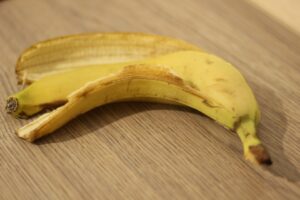
- To prepare the banana peels for use as fertilizer, begin by cutting them into small bits and placing them with the skin facing down on parchment paper or a cookie sheet to dry out.
- Next, place the peels in a slow oven that has been preheated to a temperature range of 170 to 200 degrees Fahrenheit. Leave them in the oven until they become black, crisp, and brittle.
- Once the peels have reached this state, remove them from the oven and grind them in a food processor until they have a powdery texture resembling coffee grounds.
- For long-term storage, pack some of the powder in a ziplock bag and keep it in the freezer to maintain its freshness.
- Keep a portion readily available for immediate use.
Mix the powdered peels with your soil. This will not only encourage the growth of beneficial soil microbes but also facilitate the breakdown and release of nutrients, promoting healthier plant growth. See more in this video.
6. Use Dehydrate Banana Strips as a Side-Dressing
- Arrange the banana strips on dehydrator trays and dry them at a high temperature until they become crisp and brown.
- A recommended temperature of 145 degrees Fahrenheit should be used.
- If a dehydrator is unavailable, utilize your oven on a low setting while keeping the door slightly open.
- Once the peels have dried and cooled, process them in small bits or make powder in a blender.
- Subsequently, use this dried powder as a side dressing for your plants, ensuring it is not poured directly over the roots.
Alternatively, you can add a teaspoon of the dried powder to the planting hole, but be sure to cover it with a layer of soil or mulch before placing the plant.
Note: This fertilizer is particularly beneficial for flowering plants, especially roses, as it promotes robust growth and enhances blooming.
7. Blend Dried Banana Peels to the Compost
Add crushed dried banana peels to your compost pile to accelerate the decomposition process and enrich the compost with valuable nutrients. This will enhance the overall quality of your compost and benefit your plants when applied to the soil.



